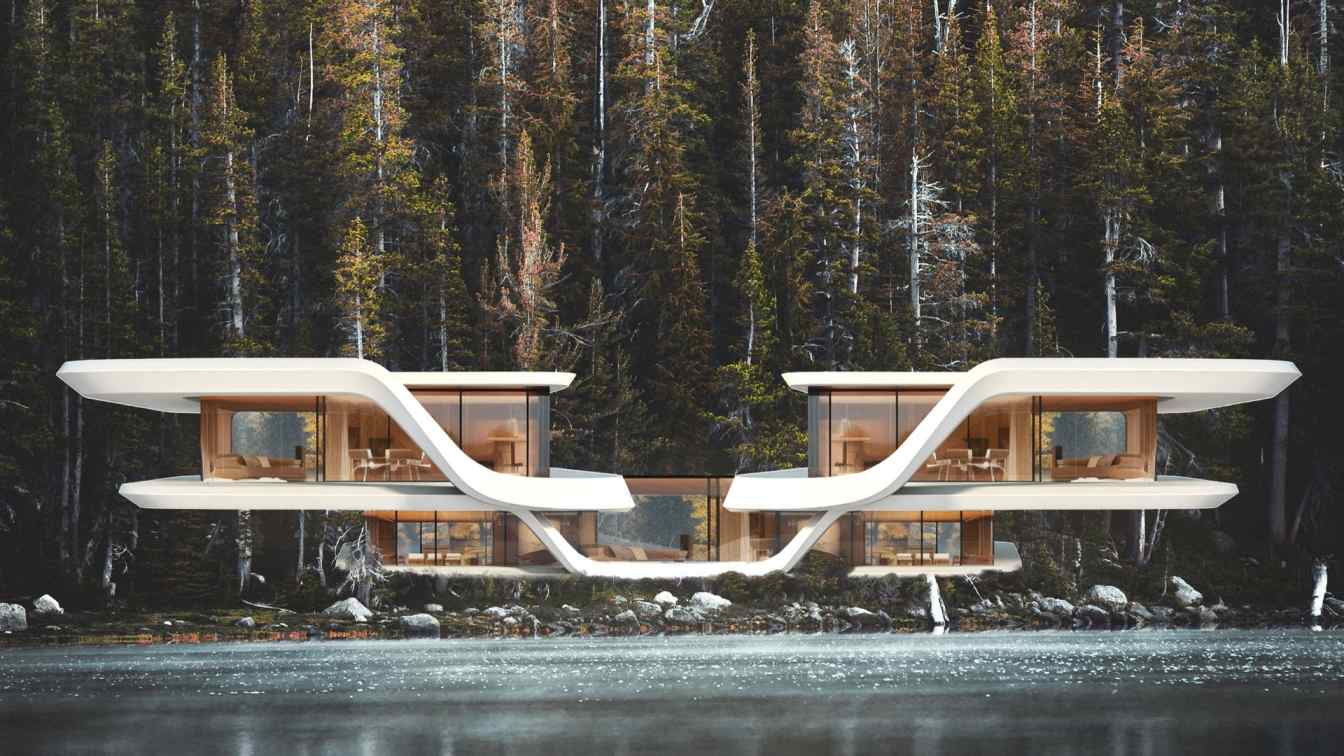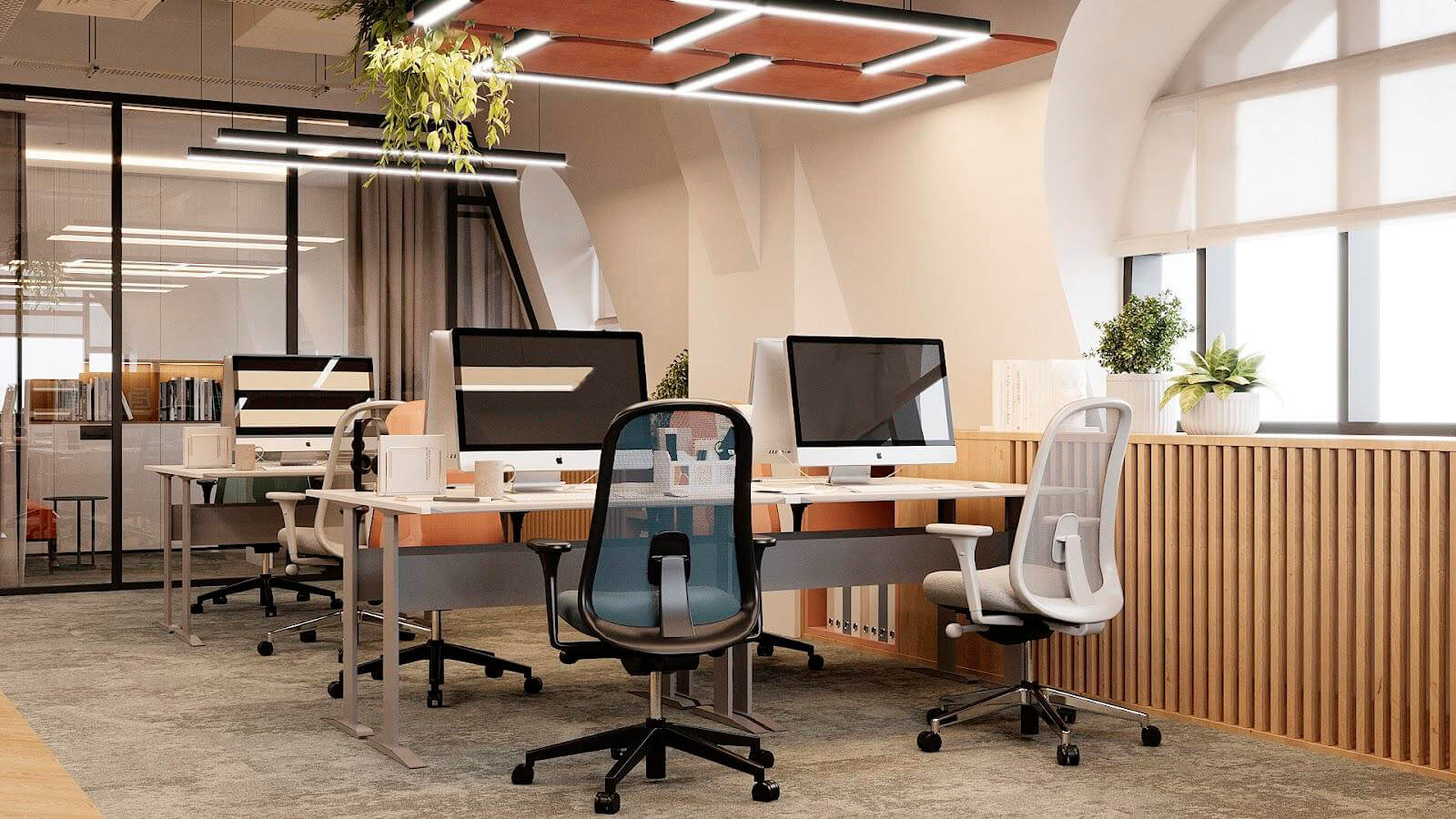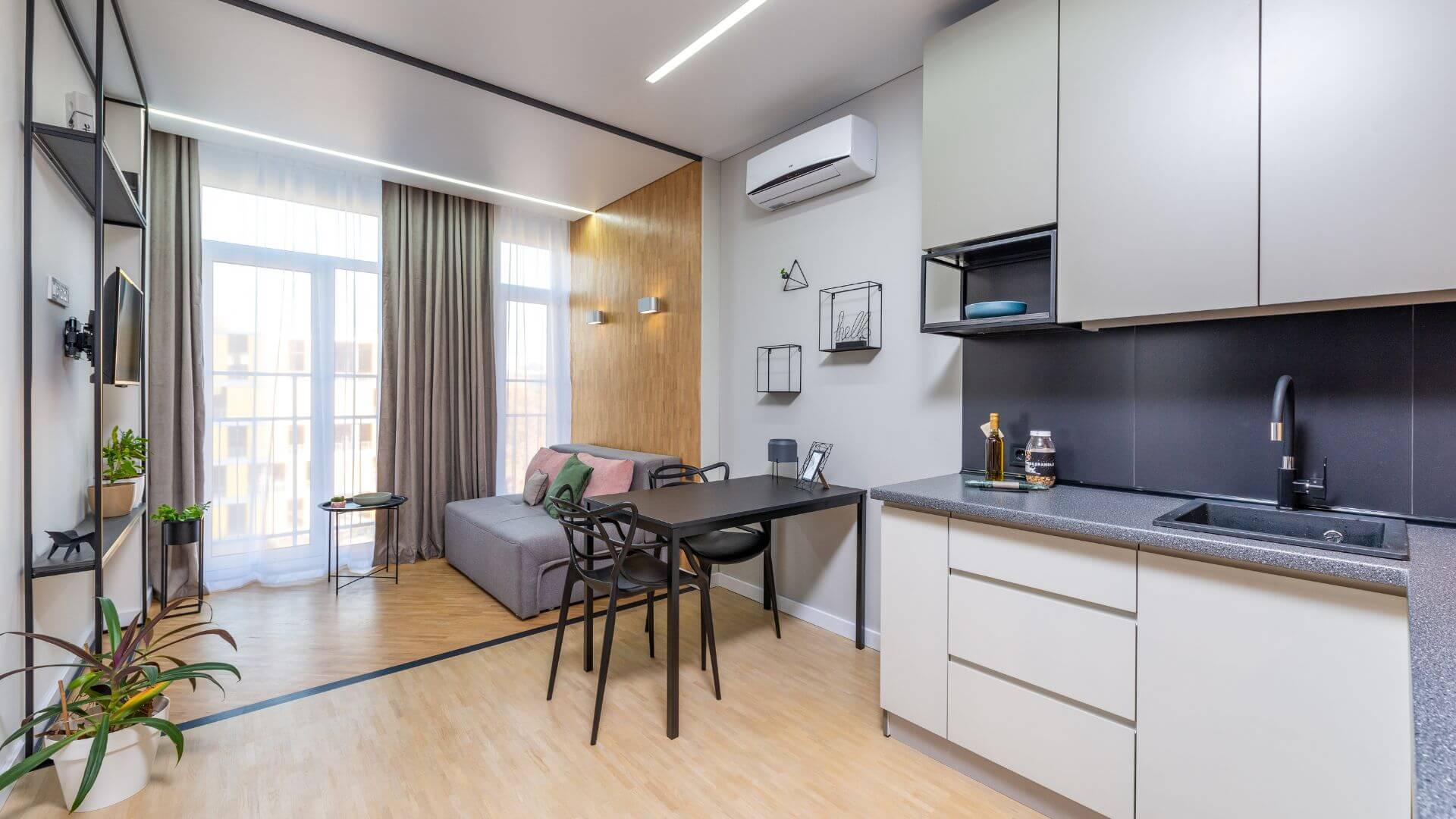Oblivion Twin House
A research developed through hand-modeled geometry and AI-assisted refinement, exploring sensual form and spatial clarity. (Image by Mind Design)

Introduction – A New Architectural Mindset
This article outlines a design methodology that lies at the intersection of craft, play, and AI—a framework we’ve developed through the work of Mind Design Studio and Dom World - a collaborative platform for architects, developers, and educators to co-design and explore immersive spaces.
We are living through a cultural and technological shift. Digitalization, the rise of AI, and an increasing demand for interactive, adaptive, and emotionally engaging environments are transforming how people experience the world around them. Education, entertainment, work, even identity—everything is becoming more participatory, more fluid, more immediate.
Architecture cannot stand apart from this transformation. It must respond—not by abandoning its principles, but by evolving its practices. The old models of linear design, static representation, and isolated authorship are no longer enough. We need tools that are dynamic. Workflows that are iterative. Spaces that are not only built—but lived in before they’re built.
This is where craft, play, and AI converge—not as tools, but as an integrated methodology. A way of designing that is intuitive, collaborative, and deeply human—even when supported by machines.
Crafted Intelligence
At Mind Design our process often begins with hand-modeled sketches using Maya and Rhino—expressive, intuitive, and rooted in physical thinking. These early gestures are the emotional and conceptual core of a project. We use curves not just for geometry, but for their sensual quality—searching for legibility in new ideas, for pure beauty driven by nature, shaped with determination, conviction, and passion.
Design here is a tool to explore and iterate ideas and reflects a skillset that allows us to move between realms: from physical to digital, from abstract to built. It’s what gives our work its authenticity, its clarity, and its emotional depth— before any machine enters the process.
From there, we integrate AI-generated variations from mnmi, Midjourney, Runway and Kling AI to expand the design space. AI allows us to generate, analyze, and compare multiple iterations of a concept—discovering unexpected solutions and refining details with precision.
While AI generates breadth, the final form is always sculpted by the designer’s eye.This fusion of craft and code creates a workflow that is both organic and analytical, grounded in emotion yet enhanced by computational insight.
Dom World: Digital Platform for Co-creation tested through craft–AI workflows (Image by Brick Visual)

Play – Collaboration as Creative Engine
Design is not just about individual vision—it’s about dialogue and iteration.
Instead of presenting static drawings or renderings, we bring our designs into a multiplayer environment- Dom World, where they can be experienced collectively. It allows us to test ideas in real time, with teams, clients, and collaborators all inside the space together.
This is not a visualization tool. It’s a collaborative laboratory where architecture becomes exploratory again —open-ended, responsive, and shaped through participation.
The experience is enhanced by adaptive features such as AI-powered assistants and content personalization, making the process intelligent and fluid. These tools help guide decisions, suggest refinements, and turn every design session into a learning loop.

Future Of Learning
A multiplayer environment where education becomes an immersive adventure (Image by nVisual Studio)
Feedback as a Creative Force
Design evolves through dialogue. That’s why we treat feedback not as a final step, but as part of the generative process.
Within the shared digital space, every participant becomes a co-creator. Team members, collaborators, and stakeholders don’t just comment—they inhabit. Their interactions offer vital cues: what resonates, what confuses, what excites.
This loop of experience, feedback, and refinement is central. Only when a space feels intuitive, meaningful, and engaging do users stop being observers—and start becoming co-authors.

Art Of Emotive Architecture Exhibition
An interactive exhibition collecting real-time participant feedback to shape spatial design logic. (Photo by Mind Design)
AI as a Learning System
AI is not just about generating ideas—it is also a learning system.
After every interactive session, we gather real-time feedback from our collaborators and input it back into our AI models. The AI then analyzes patterns, refines suggestions, and optimizes designs based on real user interactions.
This continuous feedback loop ensures that every project is not just creative, but also data-driven, intelligent, and highly functional.
AI, in this way, becomes a collaborator—helping us elevate our designs while still keeping them deeply personal and emotionally engaging.

LA28 Olympic Village
A vision for Los Angeles 2028 Olympic Village, developed in collaboration with Studio Tim Fu. The project combines hand-modeled massing studies with AI-augmented iterations, applying a hybrid workflow of design intuition and computational exploration. (Image by Studio Tim Fu)
Preserving Creative Identity in the Age of AI
One of the major concerns with AI in design is the risk of losing authorship. But when AI is used with intention, it doesn't dilute authorship—it expands its reach. Through the combination of sculptural clarity, computational insight, and shared spatial experience, we believe we are shaping a new future for architecture and design.
For us, AI is not just a tool—it is a creative partner that helps us push the boundaries of what is possible.
Blossom Wave Platter
A sculptural product developed through hybrid sketch–AI–craft workflows, presented at Venice Design Week (Photo by Mind Design)

Conclusion – Toward a New Design Future
We believe the future of architecture is shaped not by any single tool or technology, but by the interplay between them. Craft, play, and AI are not parallel processes—they are one design logic. Together, they allow us to design with intuition, explore through interaction, and evolve with intelligence.
By merging handcrafted artistry, artificial intelligence, and interactive digital collaboration, we aim to shape a new future for architecture and design.

Stair Design
Design at the intersection of craft, code, and play - blending tectonic clarity with generative logic. (Image by Mind Design)










